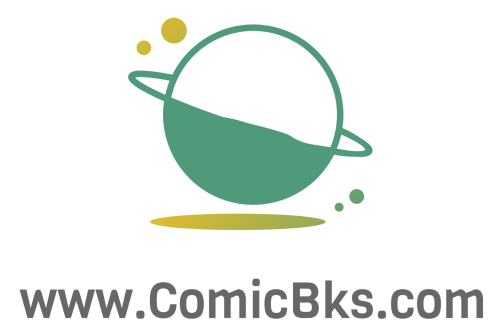The world of comic books has long been a bastion of creativity and a mirror reflecting societal changes. However, mainstream comics have often been criticized for their lack of diversity and representation. This is where indie comic books shine, offering a vibrant landscape where underrepresented communities find a voice. In this blog post, we’ll explore how indie comic books have become a powerful medium for showcasing diverse narratives, characters, and themes that often go unnoticed in mainstream media.
The Rise of Indie Comics
Breaking Free from Mainstream Limitations
Mainstream comic book giants like Marvel and DC have dominated the market for decades. Their stories, while popular, often adhere to tried-and-tested formulas with limited scope for diverse representation. Indie comics, on the other hand, are not bound by such constraints. They are typically produced by smaller publishers or self-published authors, allowing for greater creative freedom. This has led to a surge in stories that encompass a wide range of experiences and backgrounds, often neglected by mainstream comics.
Spotlight on Diverse Themes and Characters
Indie comics have become a haven for storytelling that encompasses a myriad of themes including race, gender, sexuality, and socio-economic issues. They often feature characters from diverse backgrounds, offering a more inclusive perspective to readers. This shift not only enriches the comic book industry but also provides representation that resonates with a broader audience.
Pioneering Representation in Indie Comics
Addressing Racial and Ethnic Diversity
One significant area where indie comics excel is in their representation of racial and ethnic diversity. Unlike mainstream comics, which have historically been criticized for their lack of non-white characters, indie comics frequently feature protagonists and supporting characters from various racial and ethnic backgrounds. This diversity is not just in the characters’ appearance but is deeply woven into their stories, cultures, and experiences.
Examples of Diverse Representation
- “Love and Rockets” by the Hernandez brothers is an exemplary indie comic that explores the lives of a Latinx community with authenticity and depth.
- “Ms. Marvel”, while now a part of the Marvel universe, started as an indie comic that brought a Pakistani-American Muslim teenager into the spotlight.
Exploring Gender and Sexual Orientation
Indie comics have also been at the forefront of exploring issues related to gender and sexual orientation. They provide a platform for LGBTQ+ stories that are often ignored or treated superficially in mainstream comics.
Groundbreaking LGBTQ+ Comics
- “Lumberjanes” is a comic series that features a diverse group of girls, including LGBTQ+ characters, in a fun and adventurous narrative.
- “Fun Home” by Alison Bechdel is a graphic memoir that beautifully explores the complexities of sexual identity.
Socio-Economic and Political Themes
Beyond race and sexuality, indie comics often delve into socio-economic and political themes, giving voice to issues like poverty, injustice, and corruption. These themes are interwoven into the narratives, providing a rich tapestry of real-world issues.
Comics with a Political Edge
- “March” by John Lewis, Andrew Aydin, and Nate Powell is a powerful depiction of the American Civil Rights Movement.
- “Persepolis” by Marjane Satrapi offers an insightful look into the Iranian Revolution through a personal lens.
Impact on Readers and Society
Changing Perceptions and Building Empathy
The diverse representation in indie comics does more than just tell stories; it has the power to change perceptions and build empathy among readers. By presenting characters and narratives from various backgrounds, indie comics allow readers to step into the shoes of others, understanding different life experiences and viewpoints.
Creating a Community of Inclusivity
Indie comics often foster a sense of community among their readers. This community is built on shared values of inclusivity and respect for diversity. Comic book conventions, social media groups, and fan clubs dedicated to indie comics are vibrant spaces where fans can connect, discuss, and celebrate the diversity in these stories.
Frequently Asked Questions
Q1: How do indie comics differ from mainstream comics in terms of representation?
A1: Indie comics often have greater creative freedom, allowing for more diverse and inclusive representation of various communities, which might be less prevalent in mainstream comics.
Q2: Can indie comics influence mainstream media?
A2: Absolutely. The success and popularity of indie comics with diverse themes can influence mainstream media to adopt more inclusive practices in their storytelling.
Q3: Are indie comics suitable for all ages?
A3: Indie comics cater to a wide range of audiences. While some are suitable for all ages, others might be targeted towards adults, dealing with more mature themes.
Conclusion
Indie comic books have become pivotal in representing underrepresented communities, offering a canvas where diversity is not just included but celebrated. Their impact extends beyond the pages, influencing societal perceptions and mainstream media. As readers, we can support this vibrant sector by exploring and sharing these stories.
Do you have a favorite indie comic that represents a community or theme close to your heart? Share your thoughts and recommendations in the comments below! Let’s continue to celebrate and promote diversity in the world of comic books.

